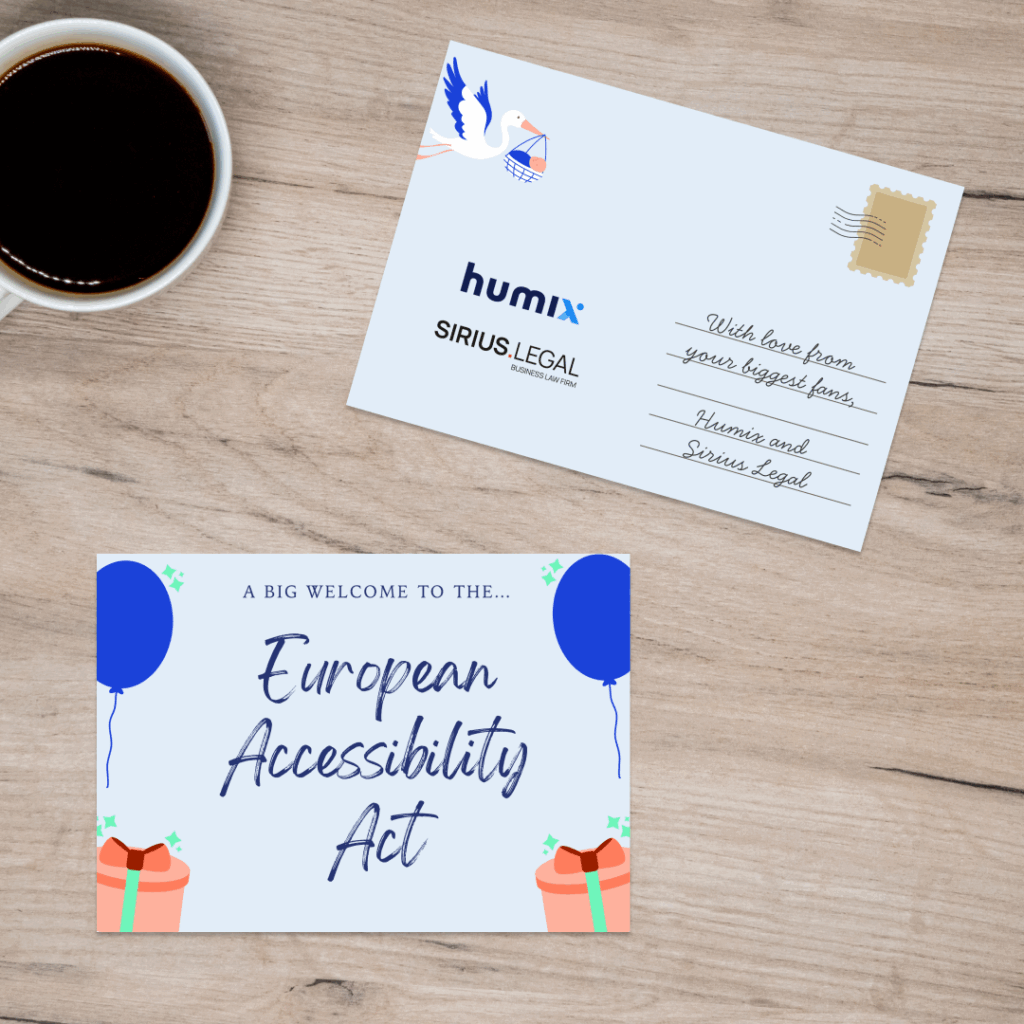Three of our UX experts had the opportunity to go to Copenhagen for the UX conference of Nielsen and Norman group. This included two days of intensive UX training with practical tips & tricks as well as an encounter with Jakob Nielsen.
The Nielsen and Norman group has been an established name in the User Experience field since 1998. They are, as it were, the founders of UX and carry out pioneering research. Our presence at this conference was an eye opener and very instructive. We are happy to share our most important takeaways with you.
Day 1: Analytics & User Experience
Aurora Harley clarified the opportunities and strengths of serveral Analytics metrics such as bounce rate, data trends in conversions, page views as well as other data that could be useful for a UX trajectory. With user research you can identify “the why” in a qualitative way, but with analytics you can collect quantitative data that supports the who, what and when.
The two biggest factors that the use of analytics entails are the following:
- Eliminate unnecessary projects in advance. By examining whether a problem actually occurs to a single user rather than a group of users will limit unnecessary investments.
- Eliminate subjective decisions: Analytics allows us to verify, in black and white and based on quantitative proof, which designs work and which don’t.
This seems very straightforward for a UX designer, however the real challenge is to combine both in every project and be as time efficient as possible. After this training we know exactly why we are and should always inform the client on the importance of this quantitative data.
Day 2: UX Deliverables
On day 2 it was Page Laubheimer that brought us useful tips & tricks on how to communicate UX-related ideas and insights.
As a UX’er it is not always easy to communicate user results and certain ideas with managers, developers and other stakeholders. The most important thing you need to know is who you are going to communicate or present to. This might sound logical, but it is not always easy to estimate which elements they are looking for in your presentation.
Your ideas must be clear and convincing, but more importantly, you have to open the door to the next step. Where do you want to go? What should be the next steps and especially who will implement them? That is why it is very important to give specific instructions to your work and never assume that someone else will understand what you mean.
As a UX’er it is your job to tell the story of the user. Do this in a clear but well-mannered way. Without context a valuable part is lost.
You have to provide your audience with insights; but also acquire insights afterwards. You want to advance the project and therefore need to ask for feedback on your work. Set up the questions you want answered, and try to provide a structure for the feedback.
If you’re interested in learning more about UX, new trends or just want to connect with like minded people, be sure to check out the NNG UX Conference website.


